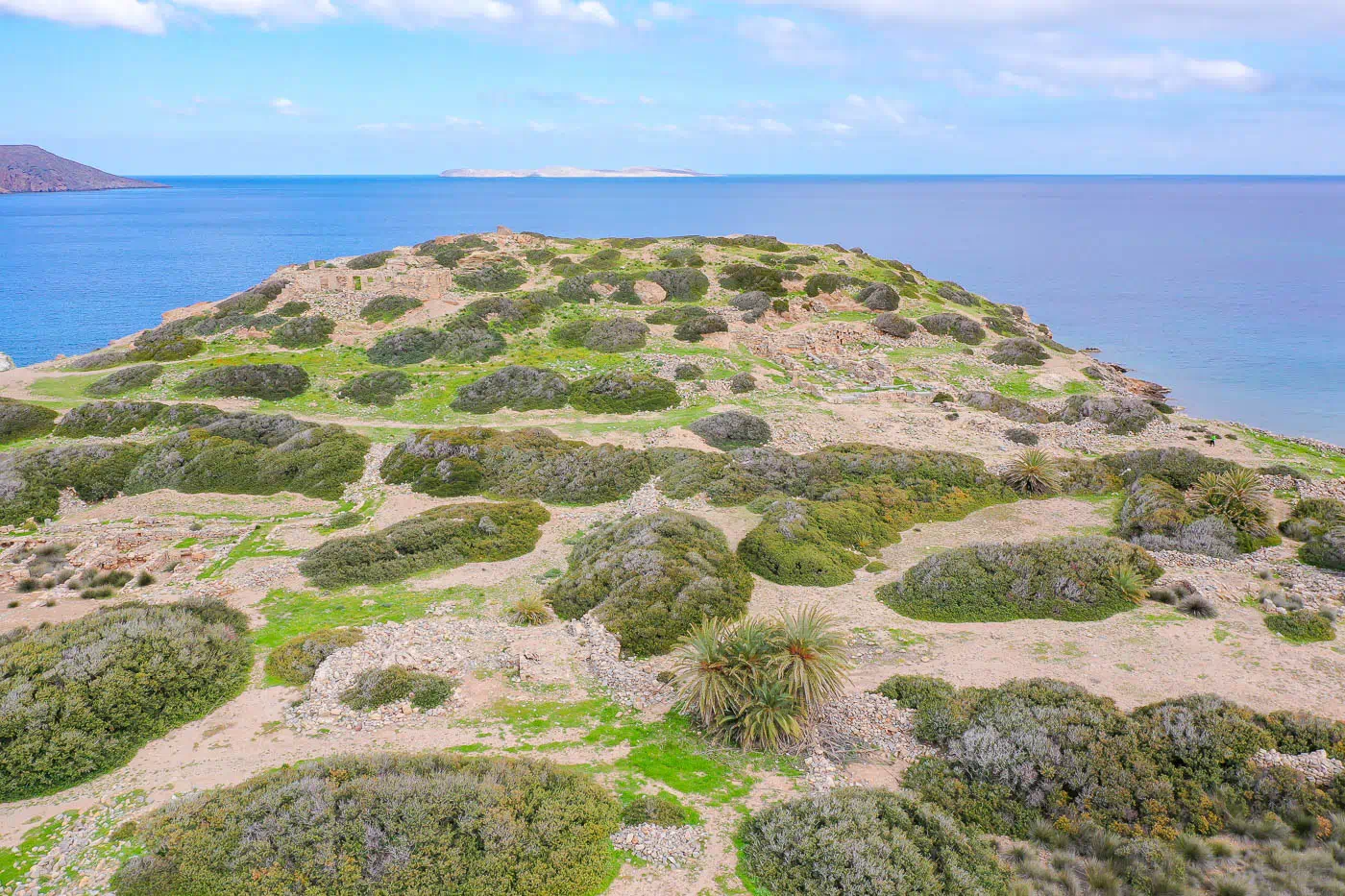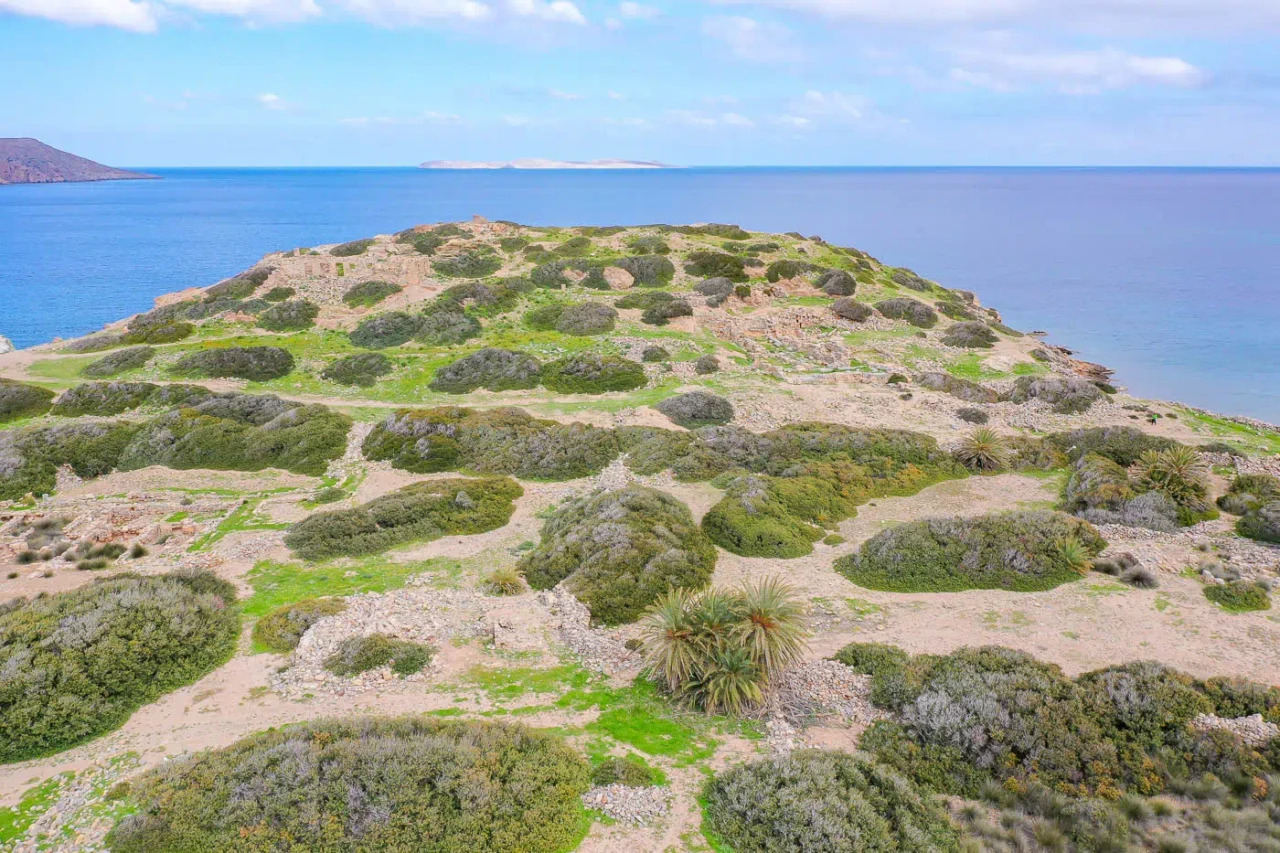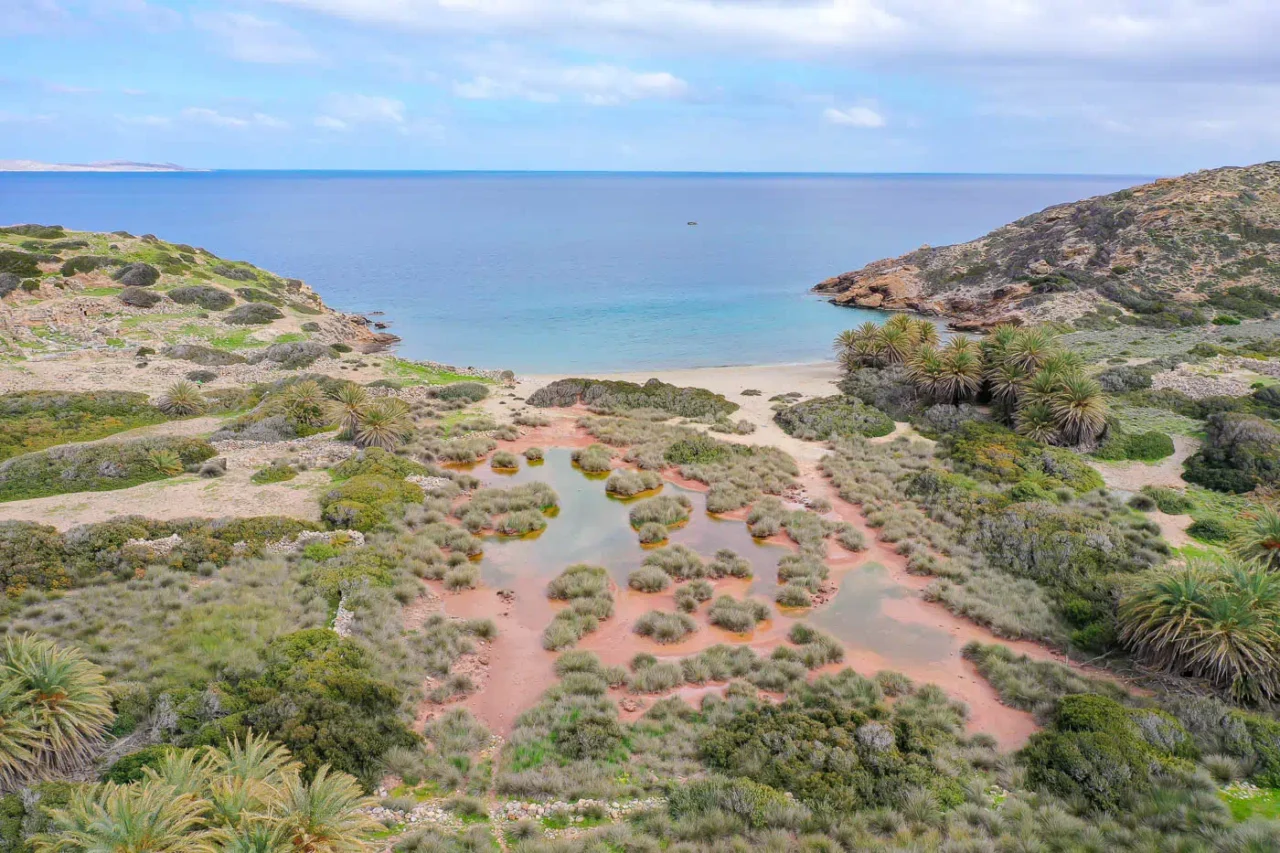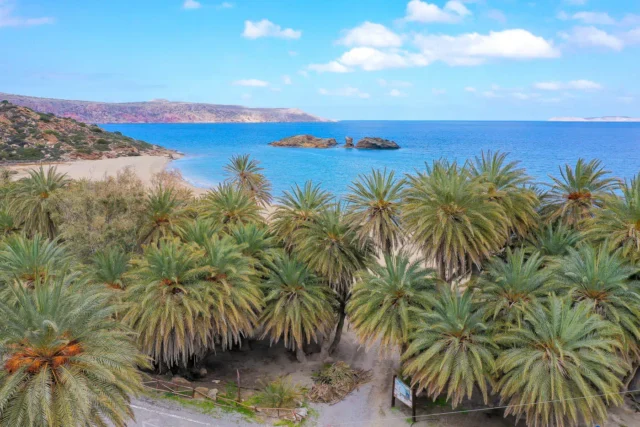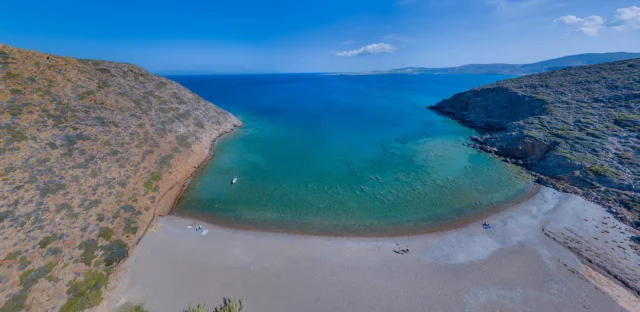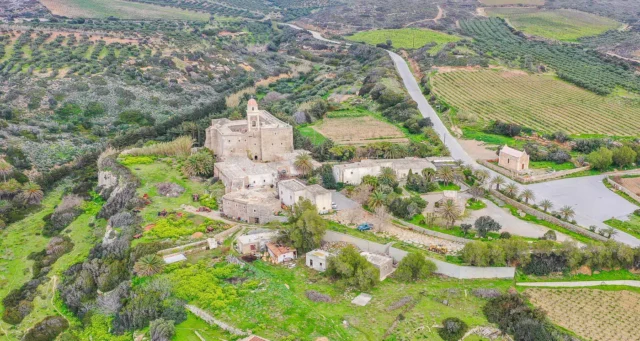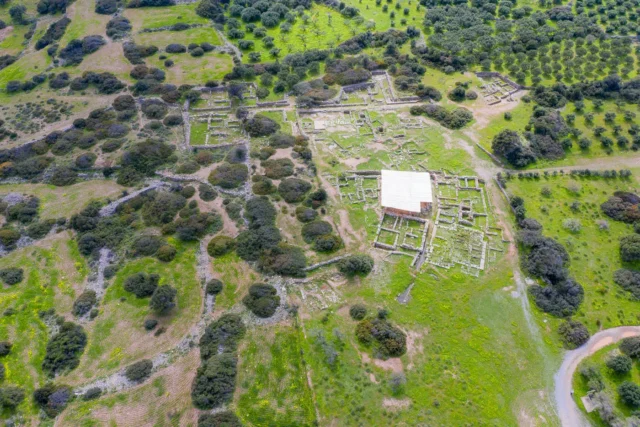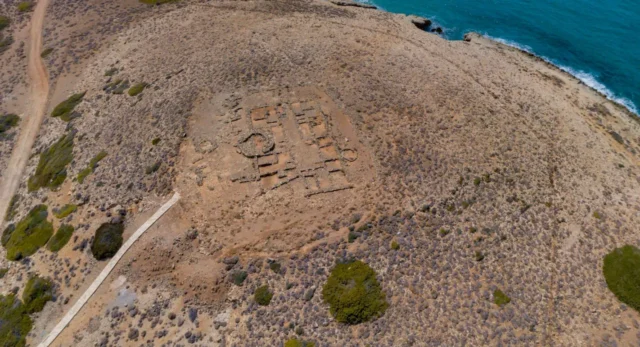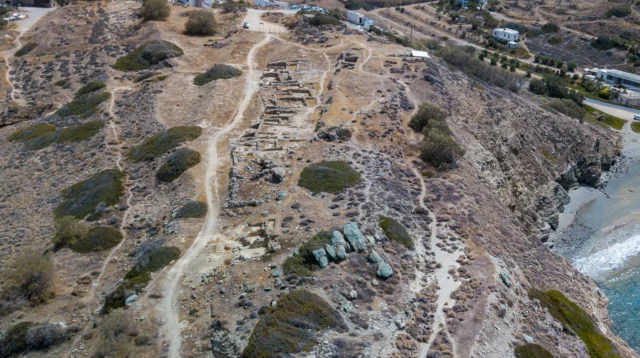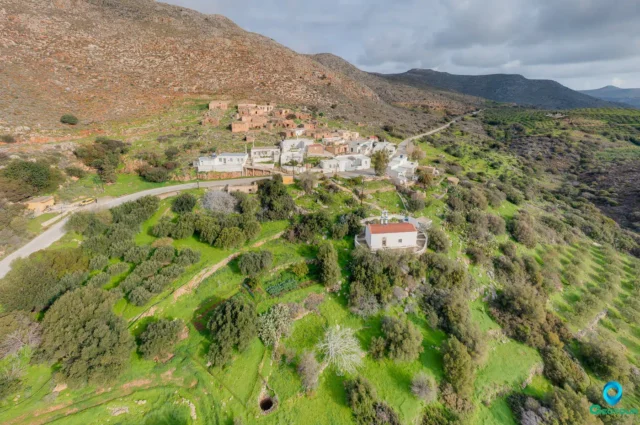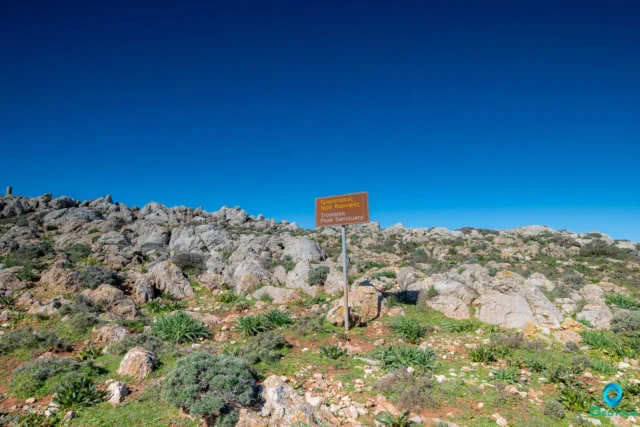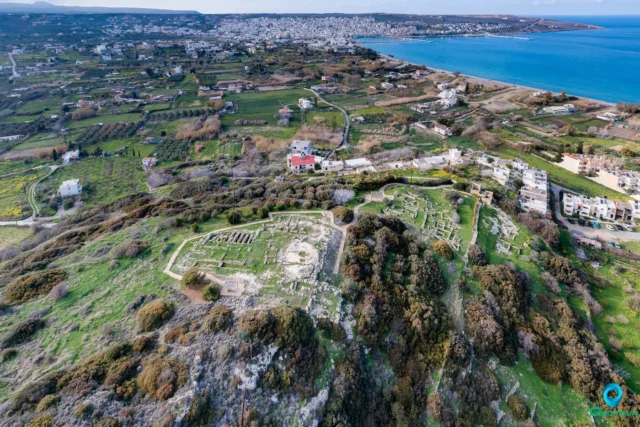A Flourishing Harbor City in Eastern Crete
Located on the northeastern coast of Crete, ancient Itanos thrived as a prominent harbor city. Its strategic position facilitated trade and cultural exchange in the eastern Mediterranean. The city’s remains, scattered across two adjacent hills, offer glimpses into its rich history and vibrant past.
Historical Significance
Itanos held a unique position among Cretan cities due to its outward-looking nature and focus on trade. Archaeological evidence suggests its influence extended over a large part of eastern Crete. The city’s growth, however, led to conflicts with neighboring cities, notably Praisos. Despite these challenges, Itanos maintained its prosperity well into the Roman period, even minting its own coins.
Urban Layout and Fortifications
The city’s layout followed the typical Cretan pattern, spreading across two neighboring hilltops, each likely housing important sanctuaries. The city center lay between these acropoleis, with partially excavated building remains to the west of the eastern hill. Two additional hills marked the northern and southern boundaries of the city. The northern hill housed the city’s necropolis, while the southern hill, along with the two acropoleis, featured defensive walls and a network of towers, primarily dating to the Hellenistic period.
The Northern Necropolis
The Northern Necropolis served as the main burial ground for Itanos. Excavations have revealed its use from the late Geometric to the late Hellenistic period. The excavated area comprises two sectors separated by a road. The western sector contains a large Archaic building, partially repurposed for ritual use in the Classical period. The eastern sector housed the majority of burials, including stepped funerary monuments topped with stelae.
A Hellenistic Funerary Stele
Among the notable artifacts recovered from Itanos is a marble funerary stele depicting a warrior. This well-preserved stele, now housed in the Agios Nikolaos Museum, dates to the late 2nd century BC. The warrior’s depiction, complete with armor and a Gallic-type shield, is a rare find among Cretan funerary stelae. While the warrior’s identity remains unknown, the stele’s elaborate form suggests he belonged to the local elite.
An Ionic Capital
Another significant find is an Ionic capital made of ironstone. This architectural element, likely from a Hellenistic building, indicates the presence of monumental structures in Itanos. While its exact context remains unclear, it likely adorned a representative building, either religious or secular.
Archaeological Site: Key Points (Bullet points)
- Location: Erimoupoli, northeastern Crete
- Historical Significance: Prominent harbor city, center of trade and cultural exchange
- Current Status: Partially excavated, ongoing research








